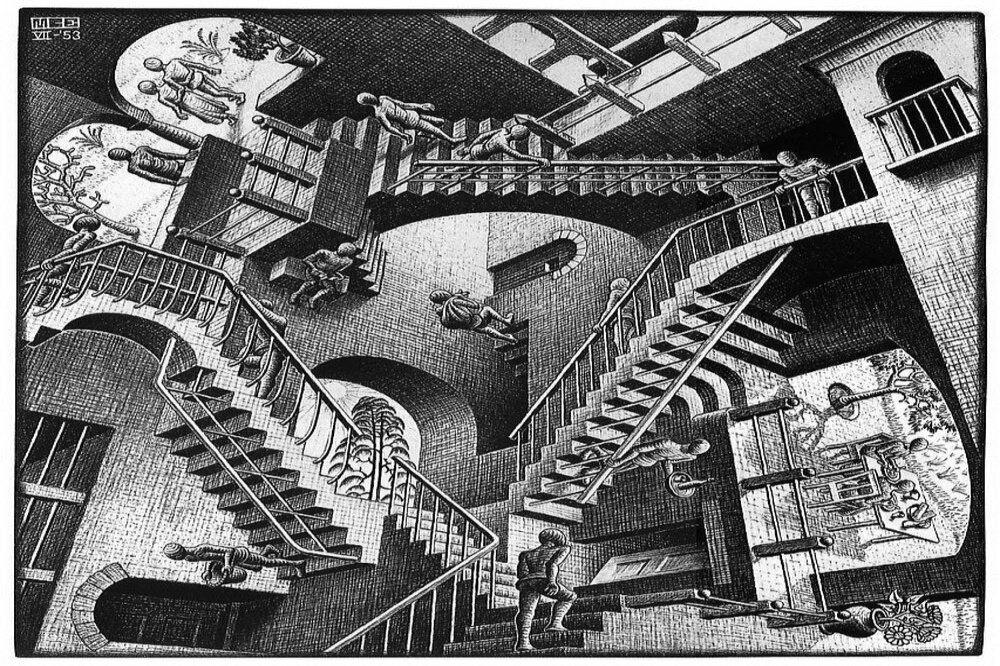
Overconstrained problems
An overconstrained problem is an engineering/mathematical situation where there are more constraints (demands or requirements) on a situation and not enough variables or things to tweak to allow us to solve the problem. It is impossible.
And many of us are living impossible situation like this, still trying to solve it and just getting more and more stressed about it. Banging our heads on the wall, wondering why we’re not able to solve it.
Let’s look at a very practical example of an overconstrained problem, then we’ll take it to our personal lives.
Imagine a city that occupies the end of a peninsula. The population is growing, and housing is in short supply. The city government commits to building 5,000 more homes for people over the next 20 years. Here are the constraints on the system:
- Parks, lakes, and open spaces are protected and there are limits on how close new buildings can be to the high-water mark on the coastline which surround ¾ of the city. The city limit on land is fixed.
- There are height limits on buildings and limits on how close you can build to other buildings.
With the commitment to build 5,000 more homes of a certain size (the low-end is small but not miniscule), the city planners start to figure out how.
The planners measure every space available, note the height limit on buildings and see that there is a finite volume where homes could be built. Given the minimum size criteria of an apartment, they conclude that there is room for a maximum of 2,000 small apartments.
Requiring 5,000 new homes makes it an overconstrained problem. Something has to give.
Our lives are a bit like this. Before COVID changed our lives radically, many people were already living a jam-packed life; we had filled it up with work, commuting, family and perhaps hobbies. There wasn’t room for anything else. And then another set of criteria was piled on top: learning to work from home, taking care of the kids full-time, home-schooling, playing a strange game of musical chairs with our partners and housemates, vying for space to work in. The workload went up as we scrambled to figure out how our products or services needed to adapt to fit a COVID world. Even if we gave up our hobbies (and gladly surrendered our commute time), new work filled up that space.
Our time has limits and yet we are trying to jam more things into it. And we are frustrated that we can’t make it fit. Seeing this stresses us out. Someone said recently, “I don’t know how we are going to keep this level of work up after we have to start taking time to commute again”.
Imagine being the city planners who keep trying to figure out how to put 5,000 apartments in a space where a maximum of 2,000 would fit. If none of the rules change, there is nothing they can do. There is also nothing to really stress over – it is an overconstrained, impossible situation. The answer is “not possible” given the constraints.
Now, it was the city government who made up the new rule that there should be 5,000 homes. These are the people who are stressing about this. But they made up the number. They also made the height restrictions and other limitations. They are starting to see that something has to give.
What rules and restrictions have we made up that have created an overconstrained problem regarding our time? How much life energy are we pouring into the fact that our lives are overly full?
Something has to give. Contact us to learn more.
Celebrate and rejuvenateA little positivity is like a lighthouse in a storm